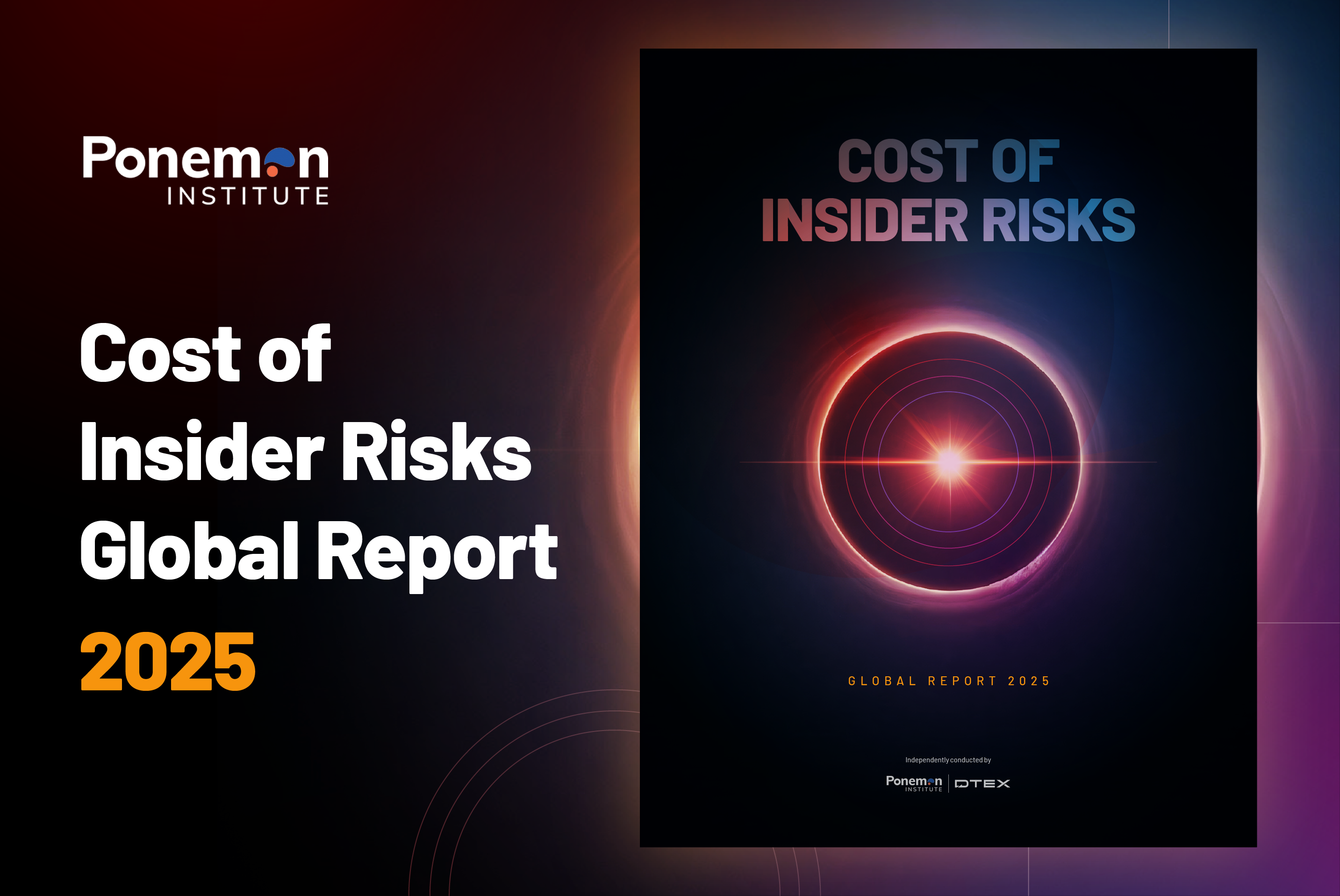The generative AI era is not just a technological shift — it’s a leadership moment.
From copilots accelerating decision-making to custom models streamlining customer service, AI is transforming how companies operate.
For enterprise organizations, the question isn’t if to deploy AI, but how to do so with clarity, trust, and control.
Done right, AI governance is not a brake on innovation. It’s a blueprint for scaling it securely, and a vital mechanism for managing insider risk in the age of autonomous systems and shadow AI tools.
What is AI governance?
AI governance refers to the policies, frameworks, and practices organizations use to ensure the responsible use of AI. It provides structure around who can use AI, how it should be used, and what guardrails must be in place to protect data, ensure compliance, and uphold ethical standards.
Unlike traditional IT governance, AI governance addresses unique dimensions:
- Transparency: Can we explain how the model reached its conclusion?
- Fairness and bias mitigation: Are outputs equitable and free from harmful bias?
- Security and privacy: Is sensitive data protected when used in prompts or model training?
- Accountability: Who owns the outcome of an AI-assisted decision?
AI governance for insider risk management and data loss prevention
AI governance also accounts for fast-moving risks like hallucinations, model drift, and AI misuse by insiders or third parties. As AI becomes embedded in daily workflows, insider risk is no longer just a people issue — it’s a challenge of visibility and control.
Prompts entered in AI chat tools can expose intellectual property. AI notetakers may capture confidential conversations. AI agents can act without oversight — creating blind spots where data can be misused or exfiltrated.
That’s why governance must go beyond approving tools. It requires continuous visibility into how AI is used, the ability to distinguish between human and AI actions, and early detection of abnormal behavior before it turns into a breach.
Equally important, AI governance gives organizations the confidence to adopt AI at scale — knowing that innovation is guided by intention, not guesswork.
How AI governance supports business
When executives hear “AI governance,” they often think of red tape: restriction, compliance, slowdown. But that mindset is outdated. In reality, the right governance framework does the opposite. It creates the conditions for sustainable innovation by reducing risk, improving visibility, and aligning AI use with business outcomes.
Today’s leading organizations treat governance not as a constraint, but as a catalyst.
Here’s what that looks like in practice:
- A financial services firm uses a vetted prompt library to streamline contract reviews — because governance made it safe to scale.
- A federal agency rapidly adopts generative AI tools, confident that data won’t leave jurisdiction thanks to pre-cleared providers and security awareness training on safe AI use.
- A global enterprise accelerates product development, backed by an internal AI oversight council that clears paths, not just flags risks.
In all cases, governance becomes an enabler. It replaces hesitation with confidence.
AI governance isn’t about saying “no” to tools. It’s about saying “yes”— with the assurance that you know what’s being used, how it works, and where the guardrails are.
AI governance best practices
At its core, AI governance is about three things: alignment, transparency, and empowerment. The most successful organizations anchor their approach in these principles:
1. Start with outcomes, not oversight
Governance shouldn’t begin with policies — it should begin with purpose. What strategic outcomes is your organization trying to achieve with AI? Efficiency? Better decision-making? Talent retention? Once that’s clear, governance becomes a support system for those goals.
2. Build a cross-functional structure early
CIOs, CISOs, general counsel, and CHROs should co-own AI strategy. The best governance frameworks break silos. They integrate business, legal, security, and technology perspectives, ensuring that risk management decisions are made with full context.
3. Embrace visibility over restriction
Rather than banning tools, successful organizations focus on giving employees safe, approved ways to experiment. This includes internal portals for vetted AI tools, usage guidelines by department, and ongoing feedback loops with end users.
4. Define and communicate your AI risk appetite
Just as with financial, operational, or cyber risk, organizations need clarity on where they’re willing to take calculated bets. That clarity accelerates decisions and removes ambiguity. It also helps teams distinguish between acceptable AI experimentation — and AI behaviors that cross into insider threat territory.
The role of culture in AI governance
AI tools are intuitive. That’s their power, but also their risk. Because anyone can use them, everyone plays a role in governance.
That’s why the most resilient organizations don’t just invest in controls. They invest in culture.
They build teams’ confidence through role-specific education. A marketer learns how to use AI without compromising brand voice. A developer learns how to prompt responsibly. A manager learns how to vet AI-generated recommendations before acting on them.
And they connect governance to values — not just rules. They frame responsible AI as a matter of trust, not fear. As an enabler of customer confidence, employee safety, and mission success.
In short, most trusted brands of the AI era will be those that lead with transparency and context, not just technology.
Why AI governance is competitive advantage
Strong AI governance does more than mitigate risk. It delivers outsized benefits:
- Speed to market: Approved use cases get fast-tracked when the framework for review is already in place.
- Resilient innovation: When employees know what’s safe to use, and how, they experiment more, not less.
- Regulatory readiness: Enterprises with active governance bodies are better prepared for evolving global AI regulations.
- Stronger partnerships: Customers and partners are more willing to collaborate when you can demonstrate AI accountability.
In essence, AI governance future-proofs innovation and protects against insider-driven AI misuse before it escalates into data compromise.
Where should the C-suite start?
To turn governance into a growth lever, ask these three questions in your next executive meeting:
- Where is AI delivering value across our enterprise — and what’s getting in its way?
- Do we have a governance structure that empowers speed, not just compliance?
- Have we connected AI policy to our business goals, brand promise, employee experience, and our insider risk management program?
If any of these answers are unclear, governance is your opportunity to unlock momentum. Not slow it down.
Final thought: AI governance is how you lead with confidence
AI’s evolution is far from over, but it’s moving fast. Enterprises that govern by design, not reaction, will be the ones that turn this inflection point into durable advantage.
By embedding governance into your insider risk management program, you don’t just reduce risk — you reclaim control, visibility, and the freedom to innovate safely.
For more insights on the power of AI governance, download our eBook: Improving Security, Privacy, and Governance in the Age of GenAI.
Subscribe today to stay informed and get regular updates from DTEX






